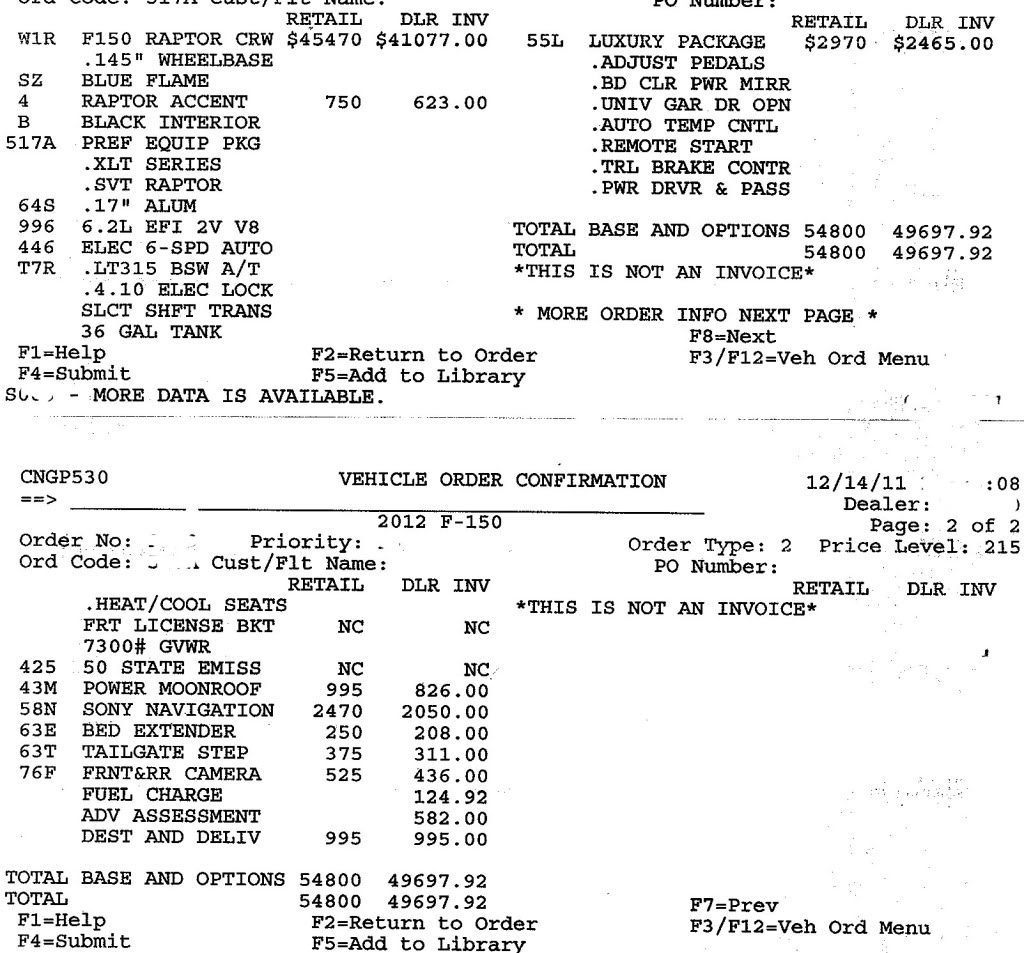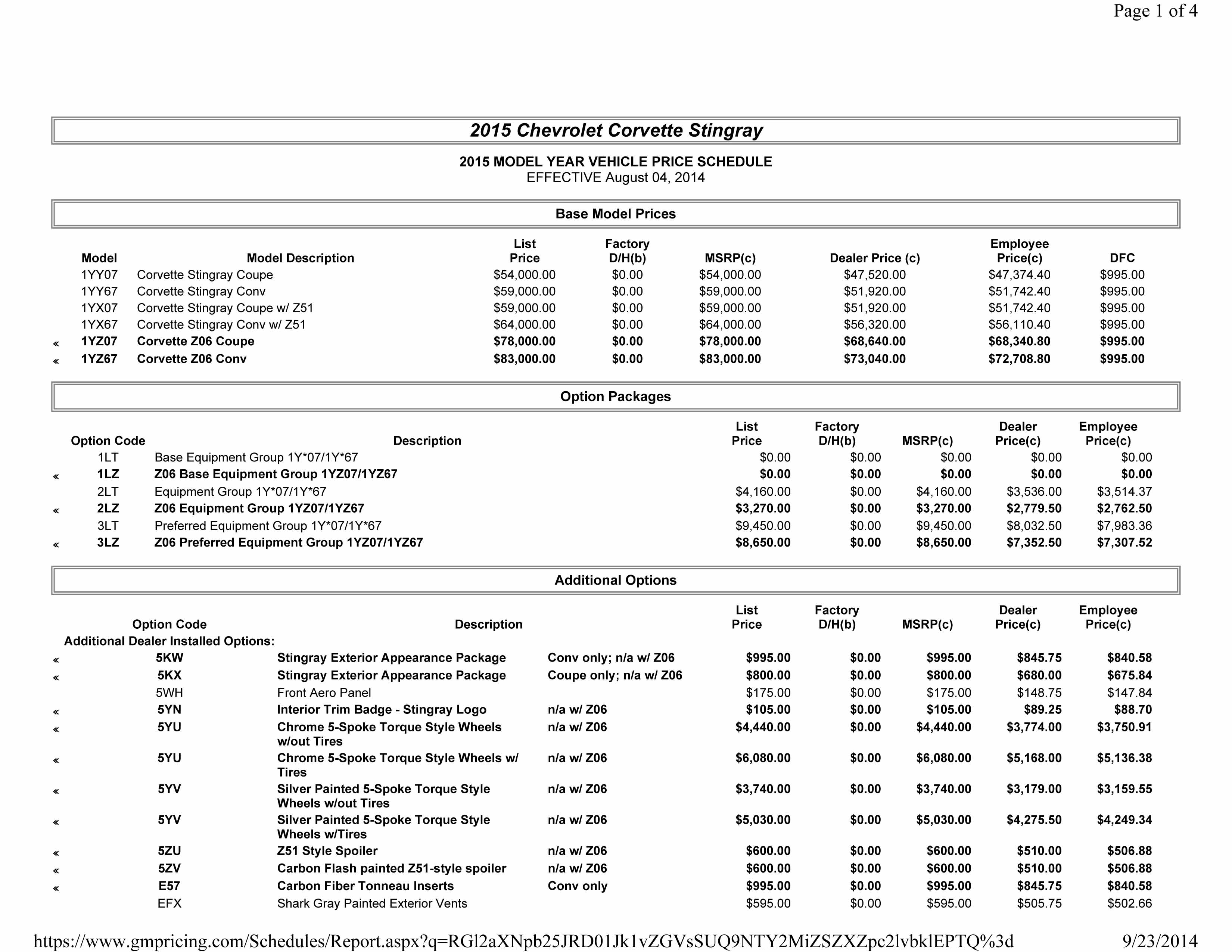

The quicker they sell the car the less interest they have to pay. The dealer pays interest to the lending institution on a new car until it’s sold, this is called “flooring.” This is why dealers want to sell their vehicles as fast as they get them on the lot. The invoice is inflated with the holdback amount, this allows the dealer to borrow a little more money on each car it orders from the manufacturer. The lender will normally only finance up to the invoice amount of the new car. When a car dealer orders a new vehicle from the manufacturer, they’ll finance it through the manufacturer’s lending arm or a third party. Many people believe dealer holdback is a really large amount of hidden money new car dealer’s secretly get to pocket.
DEALER INVOICE PRICE LOOKUP HOW TO
Understanding what dealer holdback is and how to calculate it is very important when it comes to determining the cost of a new car, and figuring an offer to present to a dealer.

Knowing how much dealer holdback is ( if it’s even available on the car you want to buy ) will give you a better idea of how you should negotiate your car deal.

A common mistake many car buyers make is they attempt to negotiate this secret dealer money without researching to find out what the true amount is first.Ĭar dealers will rarely be upfront with this closely guarded secret unless you bring it up first. There are dealers out there that will negotiate some, or all, of their dealer holdback money to sell a car. It’s crucial to understand that holdback isn’t usually negotiable, and not all vehicle manufacturers even provide it to dealers.ĭealer holdback is one of the new car price terms that does not fall in the category of a new car rebate or dealer incentive and is not advertised to the public.Īlthough, most dealerships do not like to negotiate holdback. This money is returned to the dealer by the manufacturer in a lump some quarterly. Dealer holdback is a portion of the price of a new vehicle included in the invoice price, generally around 2-3% of MSRP.


 0 kommentar(er)
0 kommentar(er)
